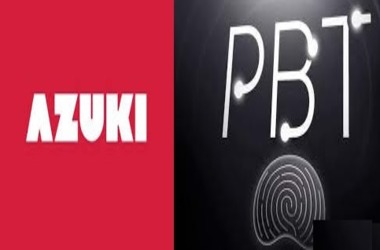
“Scanning the chip with a smartphone enables the PBT to be created or moved online to the holder’s wallet. This enables the present possessor of a physical thing to also control the PBT, which indisputably validates the item and links it with a digital token in a wallet of their choice.”
The PBT aims to offer decentralized validation and monitoring of the whole ownership history of physical goods, without the use of central server, transforming it into a trustless authentication system. As per Azuki, no body will have the exclusive authority to authenticate or confirm the ownership of objects. On top of Over this platform, anybody is free to verify, validate, and construct experiences.
Introducing the Physical Backed Token (PBT): an open source token standard tying a physical item to a digital token on the Ethereum blockchain. pic.twitter.com/iXavmJR5xv
— Azuki (@AzukiOfficial) October 17, 2022
Azuki thinks that PBTs will enable the utilization of physical products to produce digital offerings, so ushering in a new age of narratives and interactions. As per the idea, holders may amass a library that combines the digital and physical, exchange authorized things, and engage in real-world adventures.
Introducing the Physical Backed Token (PBT): an open source token standard tying a physical item to a digital token on the Ethereum blockchain. pic.twitter.com/iXavmJR5xv
— Azuki (@AzukiOfficial) October 17, 2022
The PBT revelation by Azuki was met with varied comments on Crypto Twitter. Not all cryptocurrency fans were thrilled, with some claiming that the technique was not inherently novel. Since the announcement of Azuki’s Physical Backed Token rollout, the venture has risen to the top of OpenSea’s 24-hour transaction volume rankings, according @W3Meysam on Twitter.